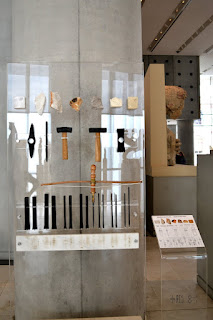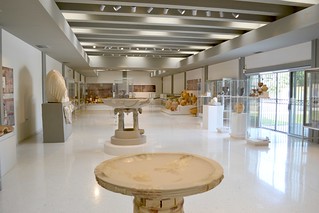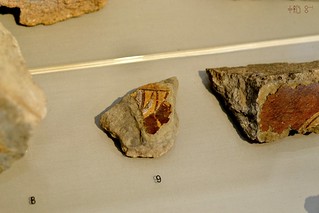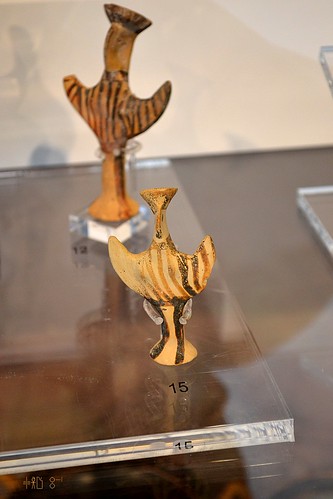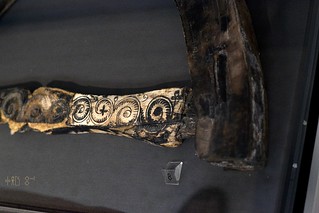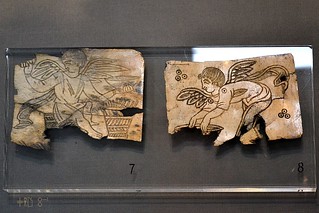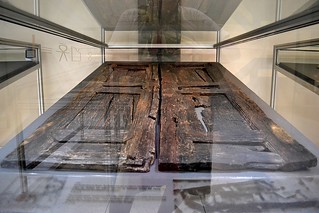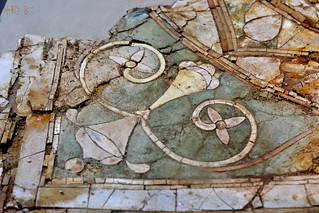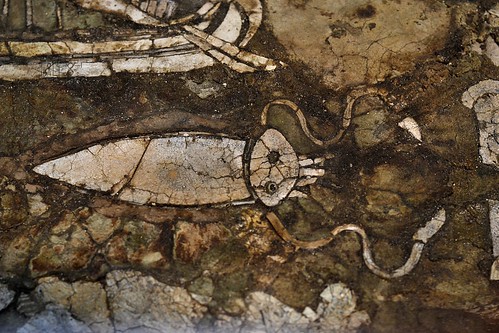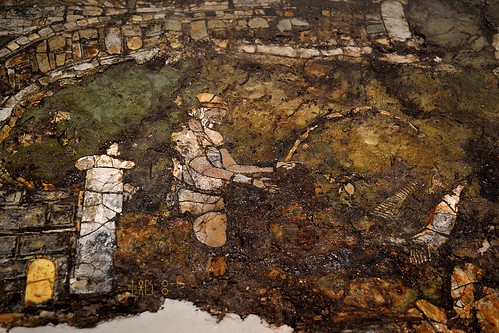I went back to the National Archaeological Museum on Saturday 13 July. The kids love it and we went to all sections open to the public (apart from the bronze collection), twice.
I was trying to see the museum through the eyes of the tourists writing for the Virtual Tourist website, and especially as regards the staff. The staff in Greek museums are notoriously awful, but this maxim is more rooted in anecdotal evidence than any empirical data. I have my own tale of thoughtful and service-oriented staff (years ago, I managed to have the pot rooms opened for a private viewing of the Pitsa tablets just by asking nicely), so I am not going to say that they are all bad.
Some comments from virtual tourist: Some of these are two-star reviews, some three-star reviews.
Review source: click for full Tripadvisor review
Paid 21 euros for three people. At 2.50pm we were rudely shooed out the door. The museum closed at 3pm
My comment: Aside from the fact that most get kicked out a full 20 minutes sooner, I just want to focus on the “rudely” point – we will be reading this sort of thing a lot below.
Review source: click for full Tripadvisor review
The entire staff is VERY unpleasant: no adjustment, no friendliness (no hello or goodbye, no smile, unable to point out the toilet ...) I am very passionate about the history of art and I visited many museums in Europe and I've never seen that anywhere else! People expected to monitor different rooms are dressed like they’re going to the beach, they stand no matter how (sometimes sprawled on their seats) they make phonecalls (!) laugh hard (!) mock visitors (!) have long conversations making fun of the visitors who are minding their own business, but what annoyed me the most is that two male guards followed me 2 or 3 rooms bestowing lecherous glances and smirks on me (I'm a 27 year old woman and there were few visitors).
My comment: The review is actually titled, “Superb collection / horrible staff!” Let’s add horrible to rude (and probably ought to add ‘creepy’ too). Perhaps over the top, but smoke/fire… Also let’s hang on to the dressed for the beach description (we’ll see some similar stuff below).
Review source: click for full Tripadvisor review
Unfortunately the exhibits are poorly presented and the staff look like they've just walked in from the street. They're shocking.
My comment: Ho hum. Let’s add “shocking” then. The funny thing is, that most of the staff do actually look like they’ve been dragged in off the street. Wouldn’t call it shocking, but it’s not a good impression.
Review source: click for full Tripadvisor review
This museum, though it had great substance in it, was in the ghetto and I was scared to leave my bag in the front. No uniforms for the staff which look like out of work volunteers.
My comment: Aha – so what the review above does not say is that they look like they’ve come of the street and this street is ghetto street (I have not linked to all the reviews talking about the drug dealers / users in the streets around the museum, but they are there – both the reviews and the druggies).
Review source: click for full Tripadvisor review
However, the most famous [galleries, with] the sculptures, were closed for some reason. Looking at the map of the museum at the entrance, it seemed to be the bulk of the museum. No idea why they were closed off. I asked one employee and all she said was "It's closed exhibition".
My comment: OK so, moving on now from how they look, dress and stalk, let’s have a look at how they deal with visitors’ questions. To the question “why is this closed” the guard answers, “it’s closed”. Genius.
Review source: click for full Tripadvisor review
In addition, the staff were extremely irritating. Whether they were chatting hard in groups or standing over your head to see if you were doing something wrong. In some rooms where you could photograph the objects, you may not take pictures of descriptions, or your fellow travelers. Bizarre. The guards follow you about in an extremely annoying way. Very uncomfortable.
My comment: OK – so photography in museums aside, the guards were chatting away in groups or intimidating the visitors. More on this later.
Review source: click for full Tripadvisor review
I visited the National Museum and have not seen something like this in my life and I have seen many sites and museums: poor education and lack of respect for the tourists from the employees of the Museum. They are most unfriendly people. They don’t know how to say things nicely, but do so screaming.
My comment: Unfriendly, lack of respect for the tourist. Shouting at the tourist... not much I can say about this.
Review source: click for full Tripadvisor review
I feel like my experience was ruined because of a grumpy old Greek man that yelled at us for taking pictures with the sculptures. Even though photography is allowed, he told us that if we wanted to pose with the artwork, we should just go to a photo studio. This museum needs to train it's employees on how to treat their guests.
My comment: Couldn’t have put it better myself. I am not commenting on the ‘unjust law’, but on the way it is enforced.
Review source: click for full Tripadvisor review
What we did not know was it only opened till 3pm, and they started to kick you out 20 min before, the staff also chatted too loud, a leisurely operated museum.
My comment: Leisurely, unless you dare to take a photo... then you get the screaming and the shouting.
Review source: click for full Tripadvisor review
I agree with my fellow-travellers below that the staff is terrible. Did not agree to take my coat in the cloakroom, were rude etc.
My comment: Back to “rude”
Review source: click for full Tripadvisor review
I travelled from Ireland to come and research this stunning collection. Breathtaking but two tips, go first thing at 9.30 to avoid the crowds, and expect the staff, who almost outnumber visitors, to have either an arrogant or apathetic attitude - 80% horrid staff.
My comment: Title of the review is “Excellent museum despite the arrogant staff” – are we beginning to see a pattern here?
Review source: click for full Tripadvisor review
The staff in the rooms seem to be rather too full of their own self importance and indeed one of them told my husband to delete a picture he had taken of our daughter beside one of the exhibits as she was posing like the statue. He told my husband she could have her picture taken with it if she stood with her arms by her side!
My comment: Again the photography rule, but “full of their own self-importance” says a lot, no?
So, rounding all this up, I would like to add my own three tales with guards, totally anecdotally - keeping in mind that many are great and actually interested in their work and don’t dress like they’ve been dragged in off the street.
In the sculpture rooms, just before the horse and jockey, the guard was sat on a bench for the best part of two hours chatting with a woman who could have been his sister or mother (both the guard and his interlocutor were both at that age where either could be likely). They both looked dishevelled and he took no interest in his room while chatting. This reminded me of the dragged off the street comments.
In the second room with the archaic sculpture, I noticed one of the lights was not working. I pointed this out to the guard and we had a nice surreal discussion. It went a little like this:
- that light seems to be not working
(I was pointing at
this light):
 |
| One of these kids is doing his own thing... |
- you’ll have to ask at the information desk about that
- err, no. The light is
not working, I don’t need to ask about it, look (I point)
- if it is not intended to be off, the technical department will sort it out
- does it look like it is meant to be off?
(the guard was in a room where the exhibits looked like this):
 |
| Kore in the dark, well-lit kouros |
- the technical department is responsible for lighting
- and how will they find out if no one tells them?
As an experiment, I am not going to tell anyone just to see when (if ever) it will be fixed.
[
edit: on Saturday 7 September the blown bulb had been fixed - so something is working…]
My final anecdotal piece of the day involves a game of ping-pong played by the guards in the vase room. I was looking for the Dipylon inscription (only the oldest evidence for the Greek alphabet currently in Greece – so not really an obscure thing –
link to Greek wiki,
link to English wiki). I told them I was looking for the pot with the really old inscription, and one guard bounced me into the next room, then the other bounced me back into the first room, the first guard displaying total ignorance of vase shapes in the process.
Disappointing, though my fault in part for not recalling that it's called the Dipylon Oenochoe. It would be interesting to try the experiment again using the actual name of the thing. Anyone want to put money down on whether they will take me to it?
So – what is the MiniCult going to do about the appalling state of its human resources? Sweet bugger-all, no doubt.
Oh, and a cute video from the visit:











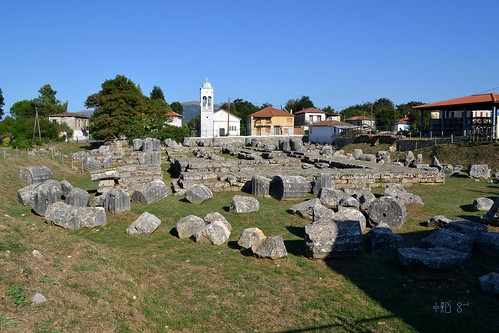






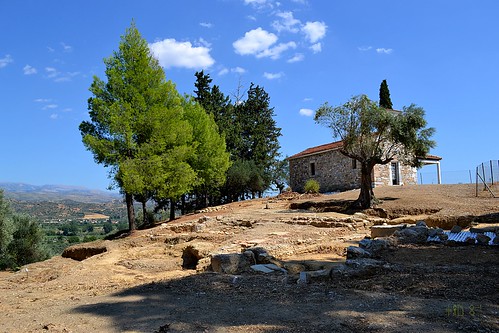

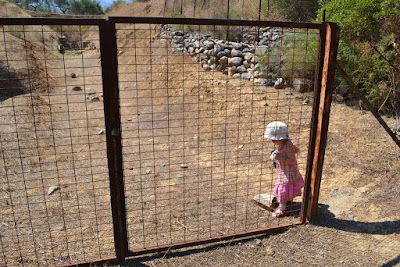




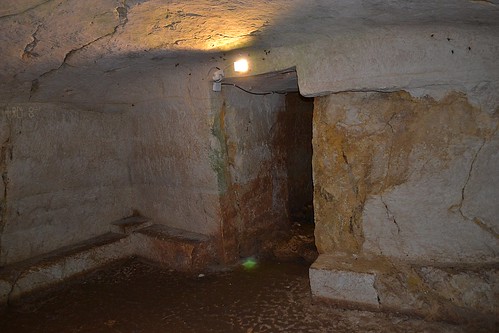
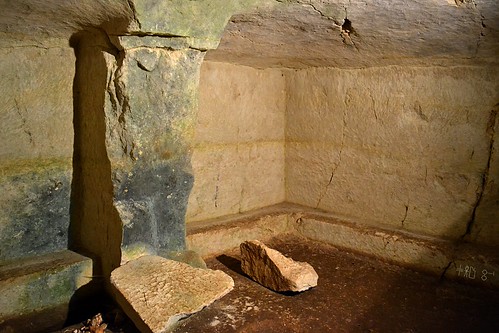
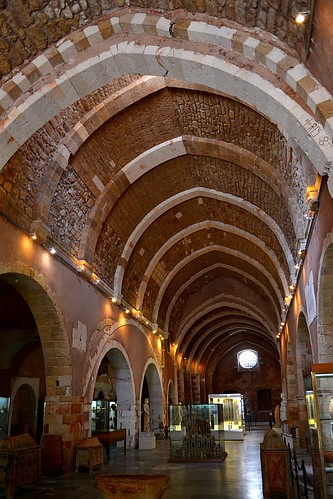
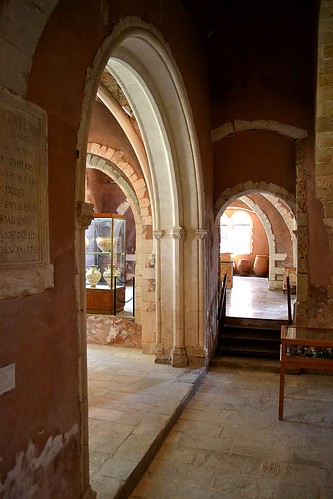


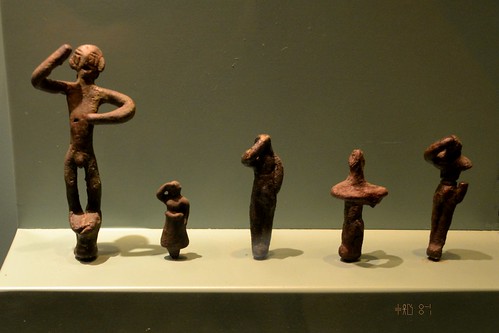

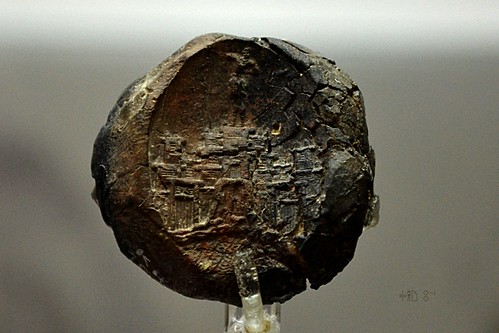





.jpg)
